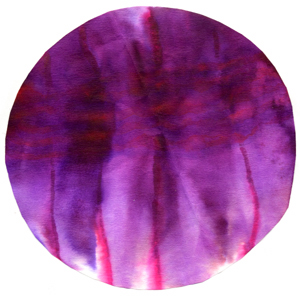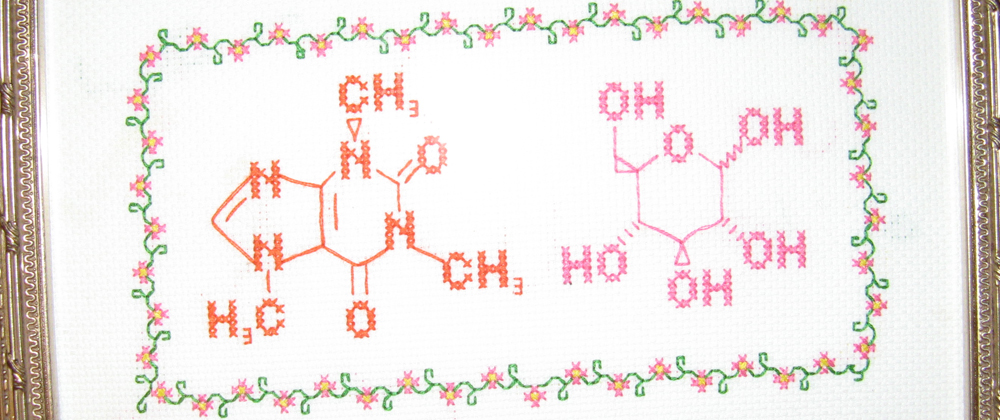Or is there just something wrong with this instrument for self-evaluation?
If you pay us to put your name on our college, what are you expecting us to give up in return?
The Des Moines Register reports a bit of a to-do at the University of Iowa about whether the College of Public Health will be accepting a “naming gift” from Wellmark Blue Cross and Blue Shield. Some objections have been raised on the basis that a giant of the health insurance industry might have (or be seen to have) significantly different values and goals than a college of public health:
Some light reading on animal research regulations.
As a quick follow-up to yesterday’s post about the suit filed against UCSF, I thought I’d point out some resources relevant to the federal regulations (in the U.S.) governing the use of animals in scientific research.
These are the regulations currently in place — whether you think they do too little to protect the welfare of animals or too much to restrict scientific research, they’re the rules of the game. If the feds are not satisfied that they are being met, the feds are within their rights to withdraw federal funding from the institution that is out of compliance.
UCSF sued by Physicians Committee for Responsible Medicine over treatment of lab animals.
Today a number of doctors affiliated with the nonprofit Physicians Committee for Responsible Medicine (PCRM) filed suit against the University of California, San Francisco (UCSF) alleging that state funds are paying for research that violates the Animal Welfare Act. Among the big concerns raised in the suit:
- Experiments that were “duplicative” — i.e., whose outcomes were essentially known before the experiment from experiments already conducted.
- Experiments where there was no documentation that the researchers had considered alternative that would minimize the animals’ distress.
- Experiments where the justification given for the animal distress (gaining insight into how to alleviate Alzheimer’s disease) is problematic, because the neural system under study in the animals is not involved in Alzheimer’s disease.
You can read the AP’s story here and the PCRM press release about the lawsuit here.
Pushing the juggling metaphor a little further.
An old friend turned up to comment on my post about juggling, and as a woman in academia she has some familiarity with the metaphor and with the reality it’s supposed to capture. She writes:
The department chair when I was hired … suggested that although we’re juggling lots of balls, the ball representing our families and home life is made of glass. I COULD take that as a message that taking care of my family is my most important job (and my work is not? grrr.) but I think he meant it more as that part of our lives outside of work supports our lives IN work, and if that one cracks, it’s all going to break down.
Balance is a nice idea, but my reality is closer to juggling.
Friday, my better half was preparing to cross the international dateline for a week-long business trip and my parents were getting ready to board a plane for a week-long visit at Casa Free-Ride. As I contemplated the prospect of digging out our guest room (known in these parts as “the place clean clothes go to wrinkle”) it became clear to me that the chances of my finishing writing (and preparing overheads for) the two presentations I will be giving at the conference that starts the day after my parents depart before my parents’ arrival were nil. Of course, this means that I will not be kicking back for a relaxing week with my parents and my children, but will instead be trying to cram Scholarly Work into the interstices.
So, when Zuska said, “Hey, you should write a post about balance for the upcoming Scientiae Carnival!” how could I refuse?
Brief remarks on ‘physics first’ and high school science.
Chad and Rob have already noted this piece of news about soon-to-be-published research indicating that the order in which high school students are taught physics, chemistry, and biology makes very little difference to their performance in science classes at the college level, while a rigorous math curriculum in high school gives their college science performance a significant boost.
I have a few things to say about this.
Fun with paper chromatography.

During one of our recent visits to The Tech Museum, we ran across a fun hands-on activity. The pretty purplish circle pictured here is what the younger Free-Ride offspring produced in this activity.
The kids thought they were just doing an art project. But there’s science in that art.
The art project works using the same principles as a time-honored separation technique called paper chromatography. In this post, I’ll lay out some ways you can play with paper chromatography at home, and I’ll point you toward the scientific principles at work underlying the behavior of the materials you’ll be playing with.
Friday Sprog Blogging: hear hear!
Dr. Free-Ride: What do you guys want to discuss this afternoon?
Younger offspring: The human body.
Elder offspring: Yeah, how the human body works.
Dr. Free-Ride: Um, you guys know that “how the human body works” is a huge subject that we will never get through before dinner, right? You’re going to have to settle on a particular system or body part.
Younger offspring: The skeleton!
Elder offspring: The ear!
Dr. Free-Ride: Is there any room for compromise here?
Elder offspring: Well, the ear contains the smallest bone in the body.
Younger offspring: If it has a bone, I agree to the ear.
Dr. Free-Ride: Thank goodness!
The ScienceBlogs page on Wikipedia needs your input.
Currently on Wikipedia, there’s a stub that’s trying to become an entry about ScienceBlogs.
And I can’t help noticing that you’re reading a ScienceBlogs blog. (Nice shirt, by the way — it really suits you!)
So possibly you have some idea of what kind of information might be useful to the person turning to Wikipedia to try to understand what this whole ScienceBlogs thing is. If you do, please hie yourself to the discussion from which the entry will be built and discuss.



